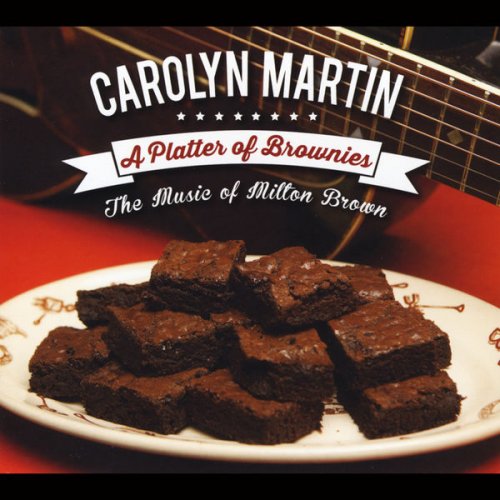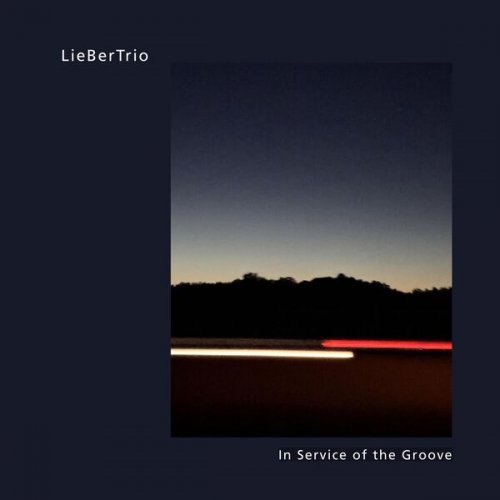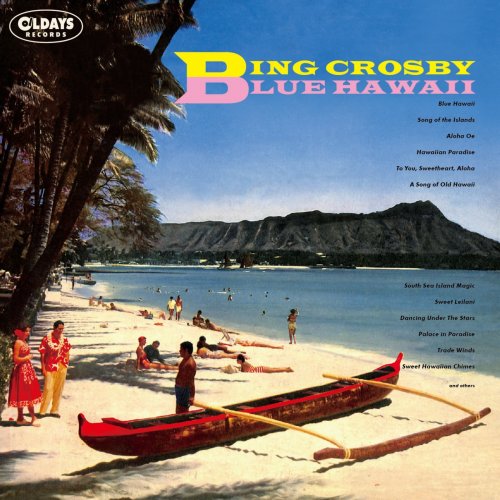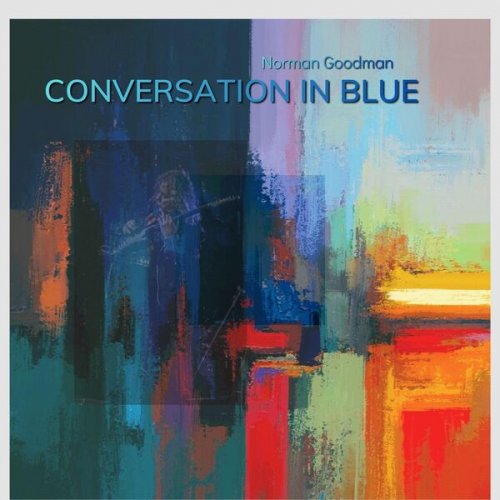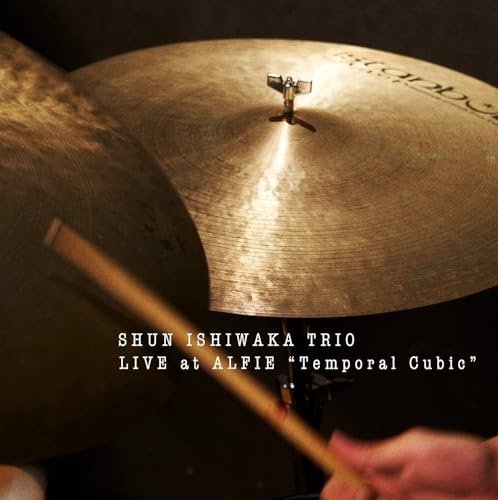Art Blakey - Holiday for Skins (2006)
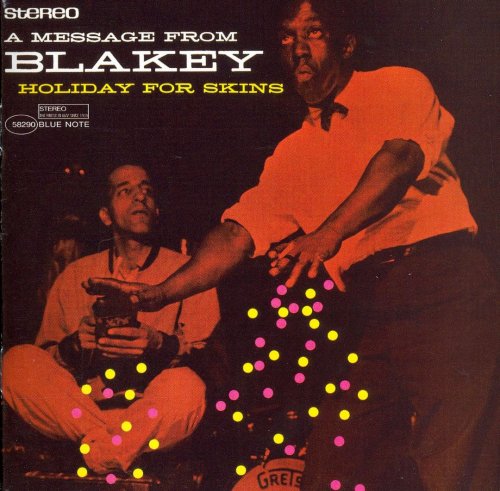
Artist: Art Blakey
Title: Holiday for Skins
Year Of Release: 2006
Label: Blue Note Connoisseur Series
Genre: Jazz, Hard Bop
Quality: FLAC (tracks+.cue, log, Artwork)
Total Time: 67:05
Total Size: 432 MB
WebSite: Album Preview
Tracklist:Title: Holiday for Skins
Year Of Release: 2006
Label: Blue Note Connoisseur Series
Genre: Jazz, Hard Bop
Quality: FLAC (tracks+.cue, log, Artwork)
Total Time: 67:05
Total Size: 432 MB
WebSite: Album Preview
01. The Feast (Blakey) (8:54)
02. Aghano (Blakey) (6:05)
03. Lamento Africano (Blakey)(8:24)
04. Mirage (Blakey) (10:29)
05. O'Tinde (Blakey) (6:16)
06. Swingin' Kilts (Bryant) (8:51)
07. Dinga (Blakey) (8:59)
08. Reflection (Bryant) (9:07)
Art Blakey, who visited Africa several times, has been cited as saying jazz couldn't have happened there, that it could only have happened in America when and where it did, but Blakey was also fully aware of where those polyphonic rhythms and call-and-response patterns that underscore all of jazz came from. In the mid-'50s he began experimenting with large drum ensembles that slid African and Latin rhythms beneath hard bop horn and piano structures, resulting in a kind of worldbeat jazz hybrid years before the idea of worldbeat became codified as a musical concept. Holiday for Skins has an even larger drum ensemble than the one that Blakey used for 1956's similar Drum Suite, consisting this time around of three jazz drummers (Philly Joe Jones, Art Taylor, and Blakey himself) and a host of Latin and African percussionists, including Ray Barretto and Sabú Martínez, as well as Donald Byrd on trumpet and Ray Bryant on piano. With the exception of Bryant's two compositions, "Swingin' Kilts" and "Reflection," all the tracks were worked out during one long studio session which ran from 11 p.m. until 5 a.m. the next morning. The end result sounds very joyous, tribal, and ceremonial, helped along in that regard by interspersed vocal chants, yelps, howls, and whistles with occasional bursts of straight jazz texture from Byrd or Bryant. [The lengthy session was originally released by Blue Note as two separate LPs labeled Volume 1 and Volume 2, and this CD reissue combines both into one seamless sequence running a little over an hour in length. As one might suspect, there isn't a whole lot of melody or harmony being worked on here, but the rhythms are extraordinarily interesting, with the various bongos, congas, and trap kit formations constantly responding to each other in ever expanding and overlapping circles. It may not be everyone's idea of jazz, but jazz it most certainly is, and many of the rhythm experiments Blakey was trying out at the time in albums like this one, Drum Suite, and 1962's African Beat are now standard approaches in contemporary jazz and pop, which is why all three of these drum-centric releases sound so eerily current years later.]

![Tim Kliphuis, Maya Fridman, Marc van Roon - Kosmos (2025) [Hi-Res] Tim Kliphuis, Maya Fridman, Marc van Roon - Kosmos (2025) [Hi-Res]](https://www.dibpic.com/uploads/posts/2025-12/1765893448_folder.jpg)
![Tomasz Stańko - Rue de la Tour (Polish Radio Sessions vol. 5/6) (2025) [Hi-Res] Tomasz Stańko - Rue de la Tour (Polish Radio Sessions vol. 5/6) (2025) [Hi-Res]](https://www.dibpic.com/uploads/posts/2025-12/1765796463_cover.jpg)
